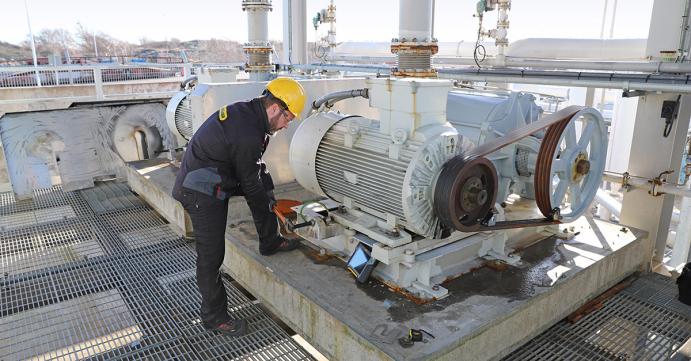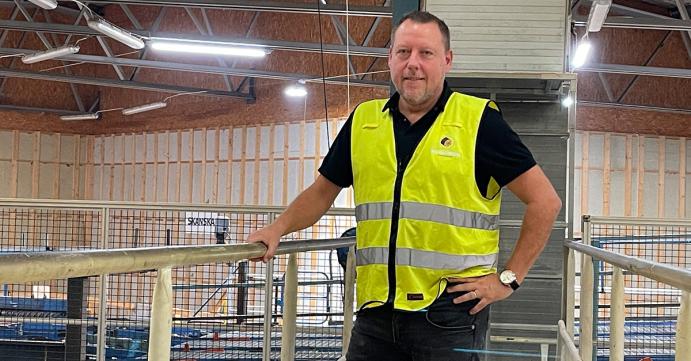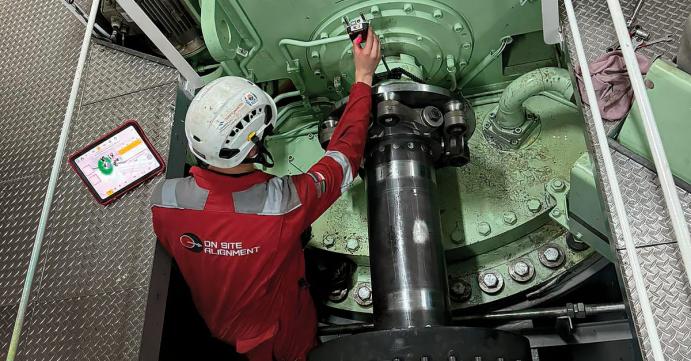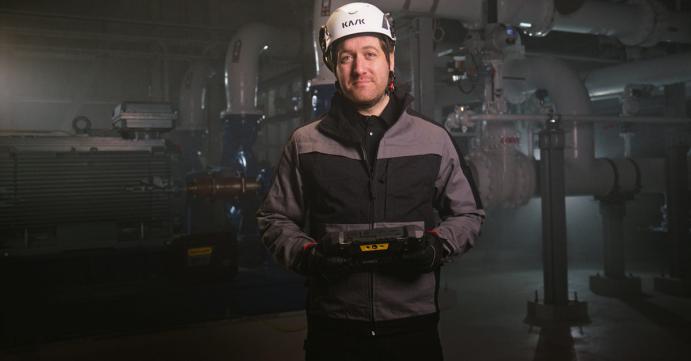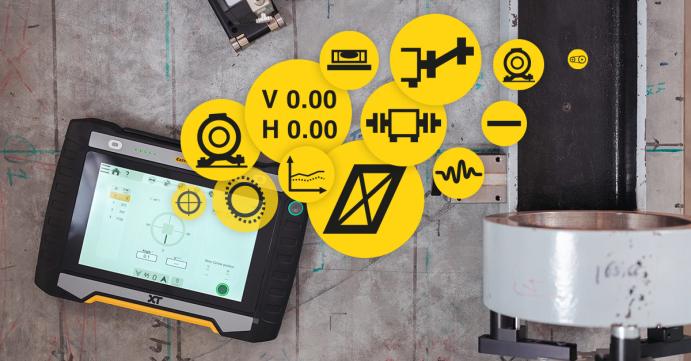You control your data
We and our partners use technologies, including cookies, to collect information about you for various purposes, including:
- Necessary – makes the website usable.
- Statistics – help us understand how visitors interact with our website.
- Marketing – Used by advertisers to help us display relevant ads in other channels.
By clicking 'Accept All' you consent to all these purposes. You can also choose to indicate what purposes you will consent to using the custom selections and then click 'Accept selected'.



